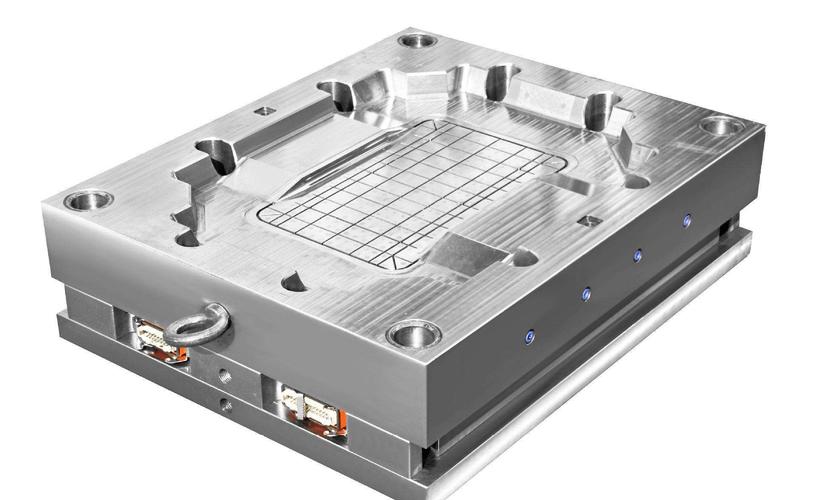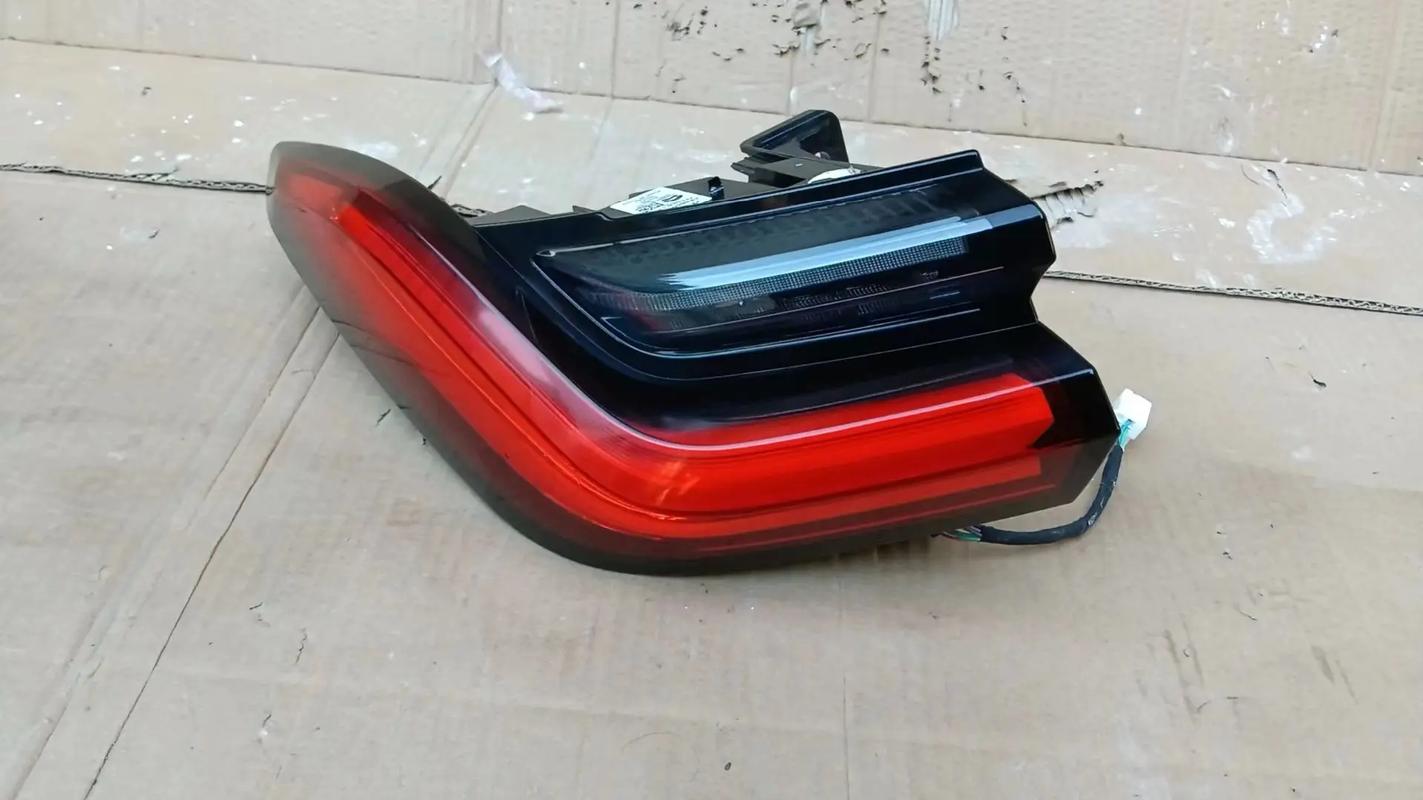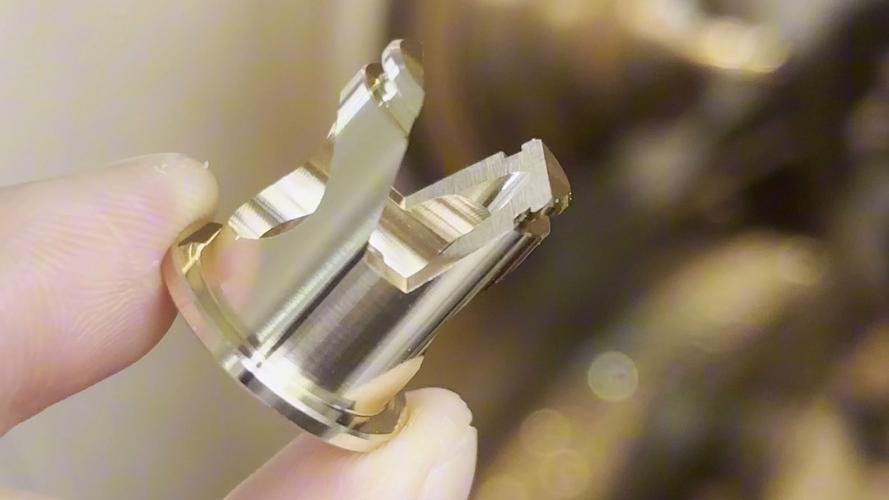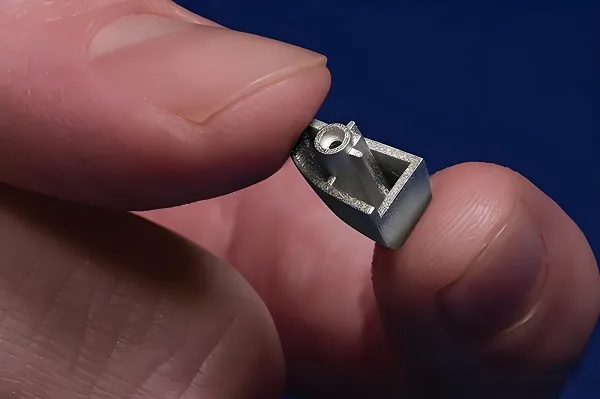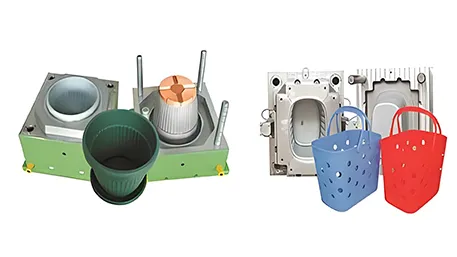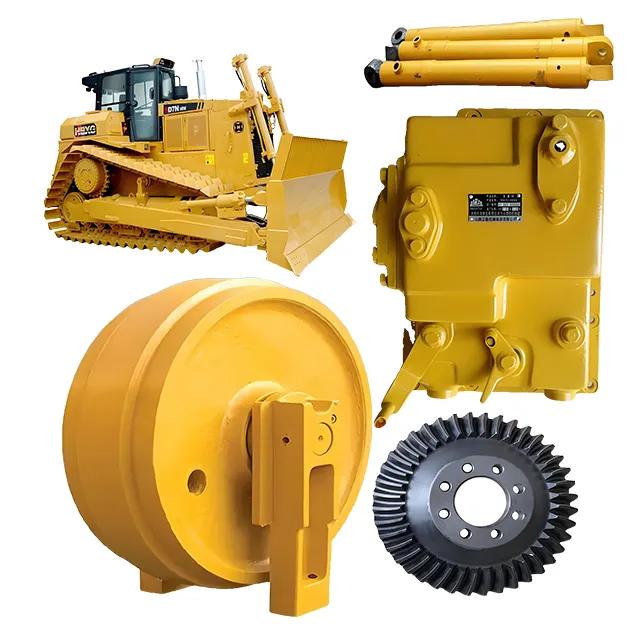The importance of the injection molding process, as an integral part of modern manufacturing, cannot be overstated. Simply put, injection molding process is a kind of processing method by injecting the molten plastic material into the mold, and then forming the required shape parts after cooling and solidifying. This article will start from the basic definition of the injection molding process, detailed description of its process steps, technical characteristics, processable materials, product advantages, and answers to related common questions, and strive to present readers with a comprehensive and in-depth knowledge of the injection molding process system.
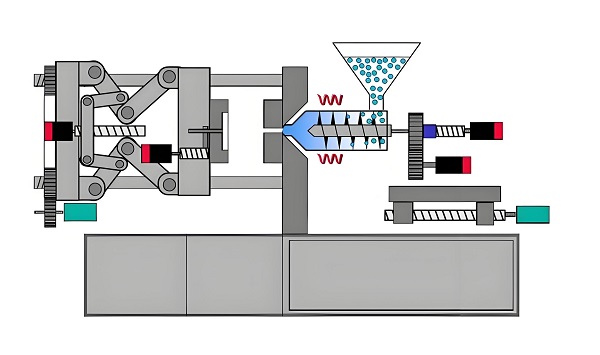
1.Basic definition of injection molding process
Injection molding process, the full name of the injection molding process (Injection Molding), is one of the most widely used molding technology in the field of plastics processing. Its core lies in the molten state of the plastic material, under high pressure through the injection molding machine screw pushed to the mold cavity, after cooling and curing to form a certain shape and size of the plastic products. This process not only requires the plastic material to have good melt fluidity and cooling and curing properties, but also puts forward strict requirements on mold design, injection molding machine performance and process parameter settings.
2. Details of injection moulding process step by step
The injection moulding process step by step can be subdivided into a number of links, each link is directly related to the quality of the final product and production efficiency. Specific steps include:
2.1 Raw material preparation: according to the product requirements to select the appropriate plastic raw materials, and drying, decontamination and other pre-treatment work to ensure the purity of raw materials and processing performance.
2.2 Mould installation and debugging: install the designed mould to the injection molding machine and carry out strict debugging work to ensure the docking precision and sealing performance of the mould and the injection molding machine.
2.3 Melting and injection: The plastic material is heated to a molten state by the heating device of the injection molding machine, and then pushed into the mold cavity through the screw under high pressure. During this process, parameters such as injection pressure, speed and time need to be precisely controlled.
2.4 Pressure maintenance and cooling: after the injection is completed, a certain injection pressure is maintained to compensate for the shrinkage of the plastic during the cooling process, and at the same time, the mold cooling system is turned on to accelerate the curing process of the plastic.
2.5 Mold opening and demolding: After the plastic is completely cured, open the mold and take out the products. For some products with complicated structure, it is also necessary to use the ejector device to assist in demolding.
2.6 Post-processing and inspection: trimming, deburring and other post-processing work on the products, and strict quality inspection to ensure that the products meet the design requirements.
3. Injection molding technology
Injection molding process technology involves a number of aspects, including mold design, injection molding machine performance optimization, process parameter settings and automation control. Among them, mold design is one of the core links of the injection molding process, and its quality directly affects the precision and surface quality of the products. The performance optimization of the injection molding machine is mainly concerned with the precise control of injection pressure, speed, temperature and other parameters to improve production efficiency and product quality. In addition, with the continuous development of automation technology, the injection molding process has gradually realized automatic control and intelligent management.
4. Injection molding process can be processed materials
The injection molding process can process a wide variety of materials, including but not limited to polyethylene (PE), polypropylene (PP), polystyrene (PS), acrylonitrile-butadiene-styrene copolymer (ABS) and other thermoplastics, as well as some thermosetting plastics. These materials have their own characteristics, such as PE has good flexibility and low temperature resistance; PP has a high degree of rigidity and heat resistance; ABS is widely used in automotive, electronics and other fields because of its good overall performance.
5. Advantages of injection molding process
Injection molding process has the significant advantages of high production efficiency, high product precision, high material utilization rate and a wide range of processable materials. In addition, injection molded products also have good surface quality, dimensional stability and recyclability, which can meet the diversified needs of plastic products in different fields.
FAQ about injection moulding process step by step
Q1:How to avoid air bubbles during the injection molding process?
A1: Air bubbles are usually related to the moisture and gas in the raw material and poor venting during the injection process. Therefore, the raw material should be fully dried before injection, and the exhaust slot should be reasonably set in the mold design to improve the exhaust effect.
Q2:How to improve the precision of injection molded products?
A2:The key to improve the precision of injection molded products lies in optimizing the mold design, precisely controlling the process parameters and strengthening the post-processing work. Specific measures include the use of high-precision molds, optimization of injection pressure, speed and time and other parameter settings, as well as the use of precision finishing tools for post-processing.
Conclusion
Injection molding process as an important part of modern manufacturing industry, its development history and technological progress has witnessed the crystallization of human wisdom and innovation. With the continuous progress of science and technology and the increasing diversification of market demand, the injection molding process will continue to develop in the direction of more efficient, more precise and more environmentally friendly. We believe that the injection molding process will create more beautiful possibilities for human society in the future.

